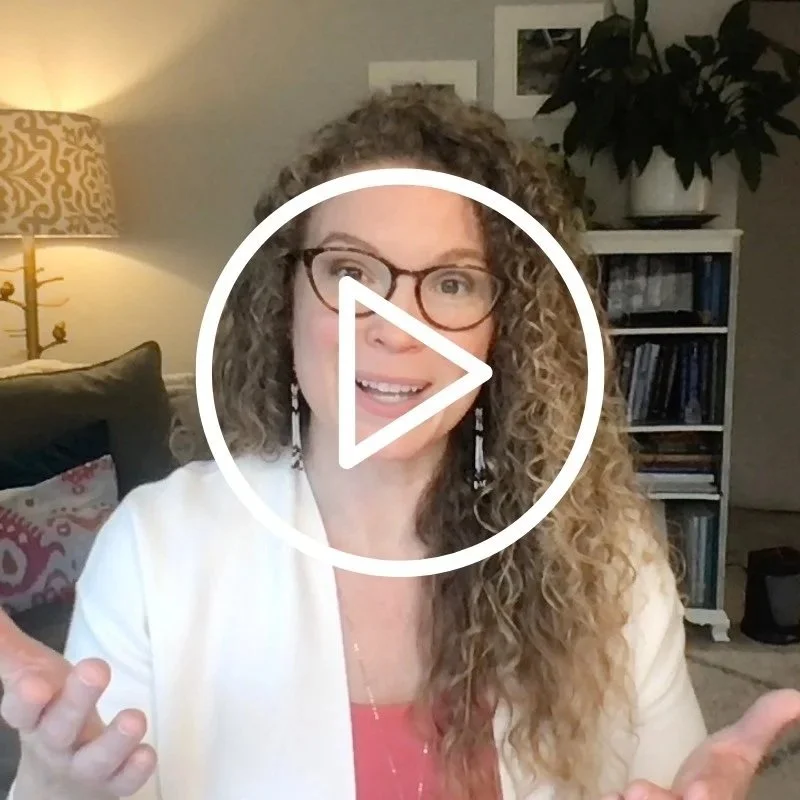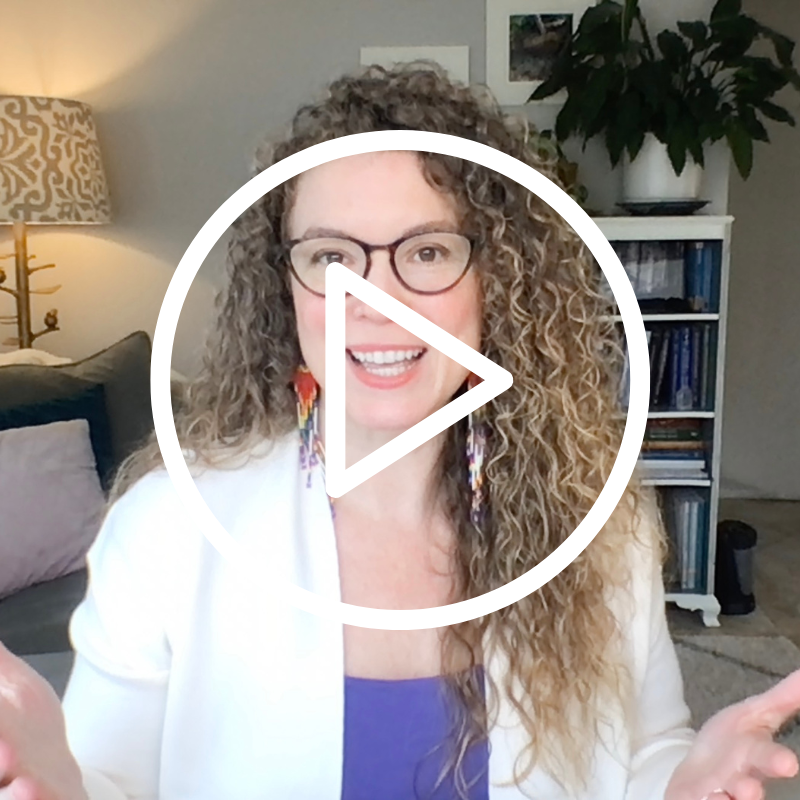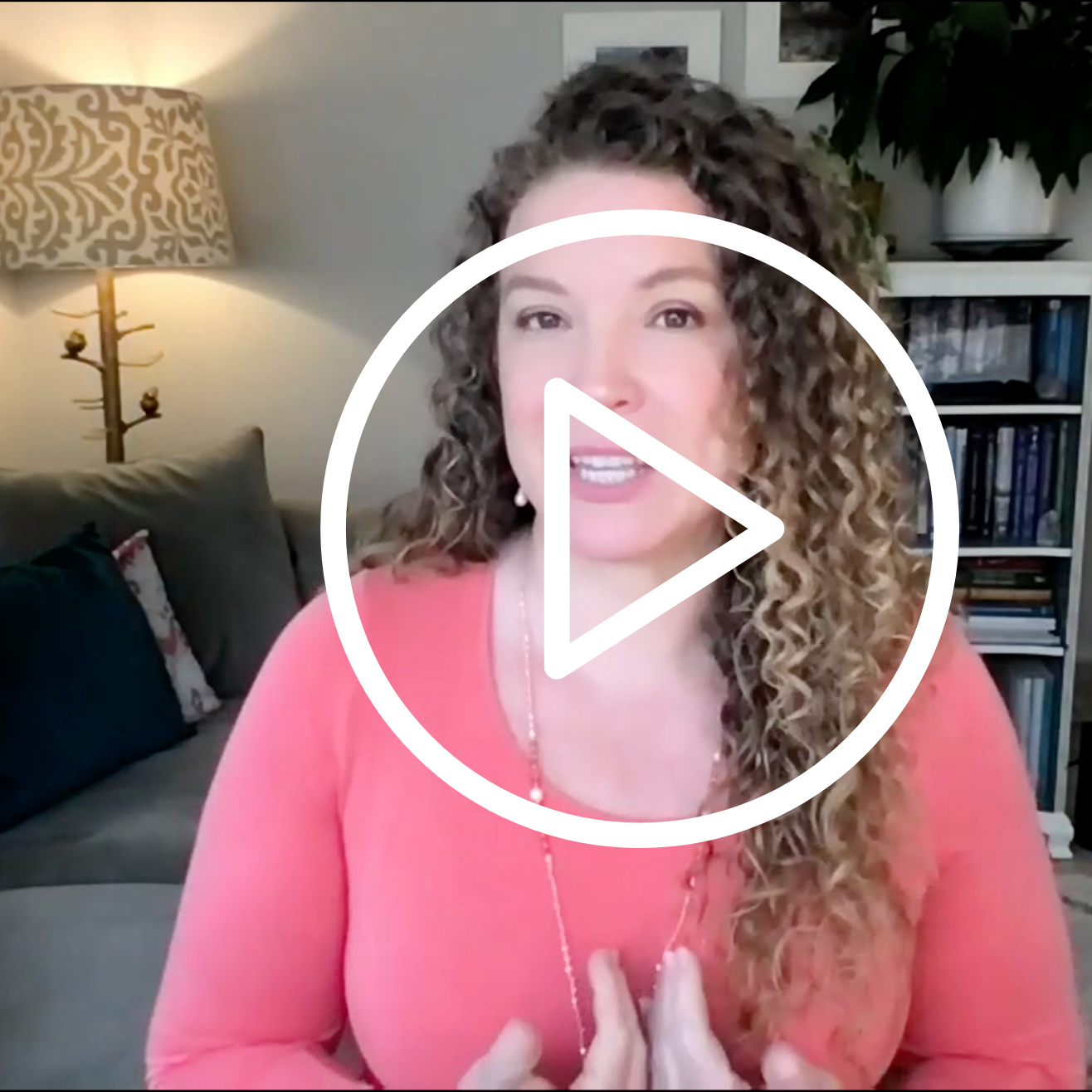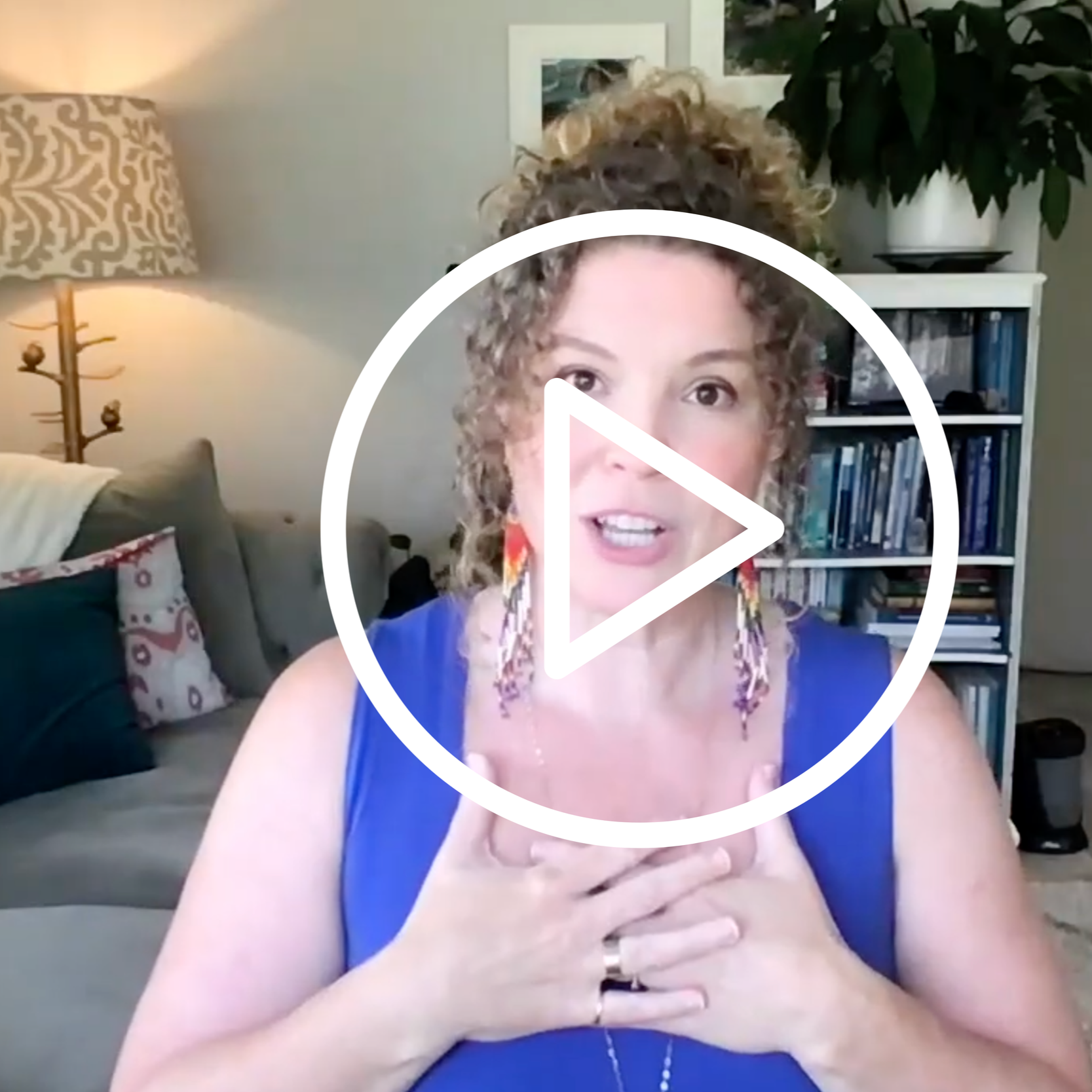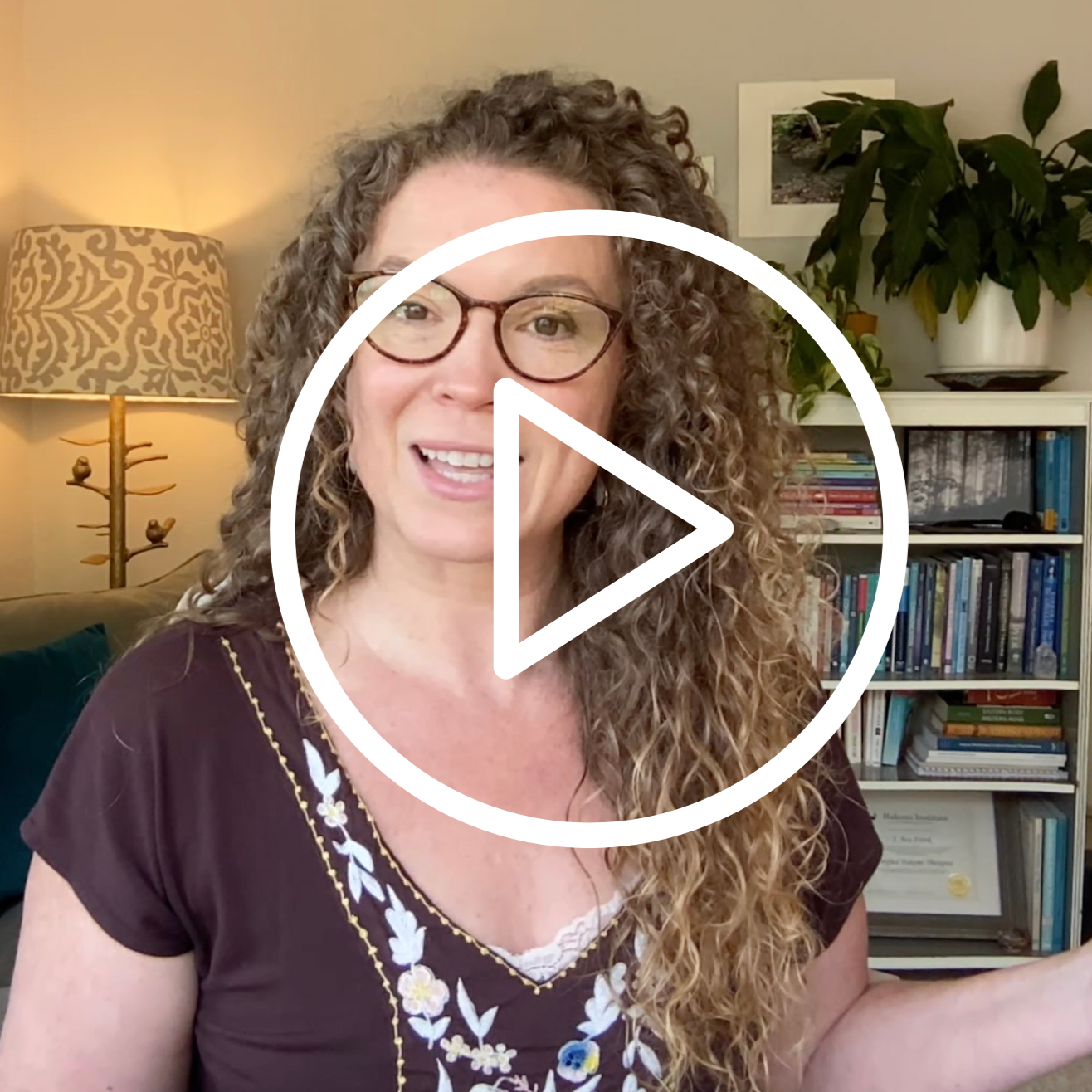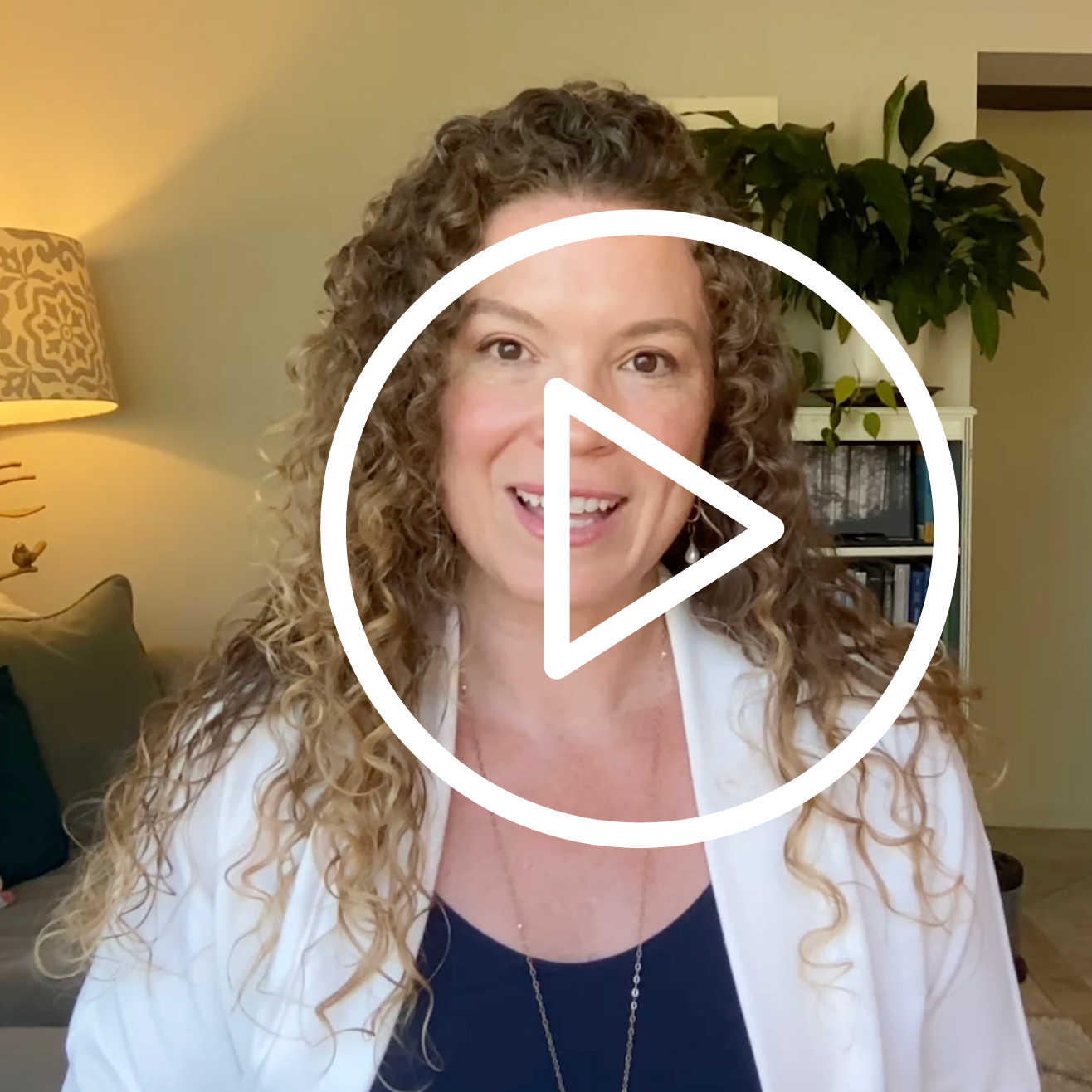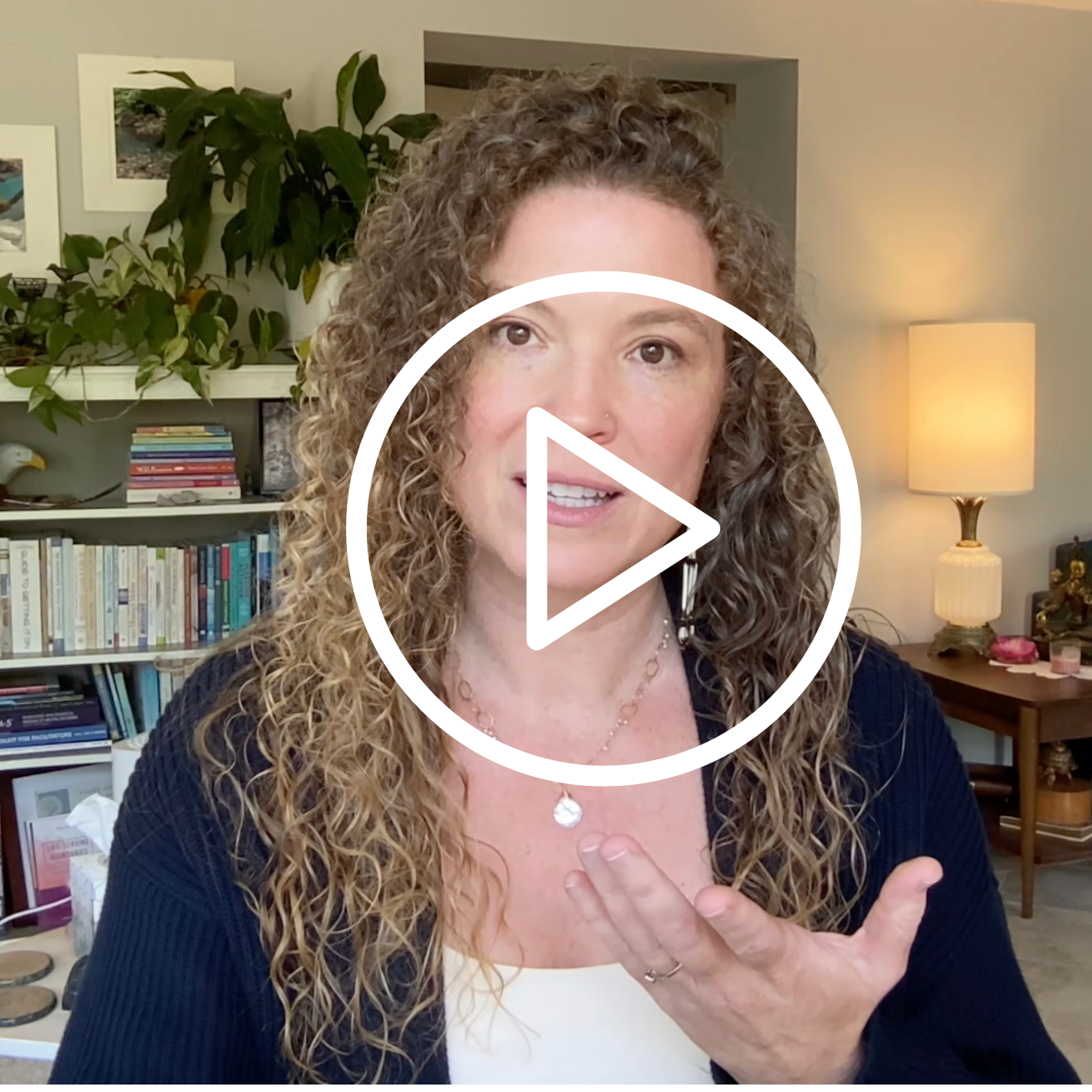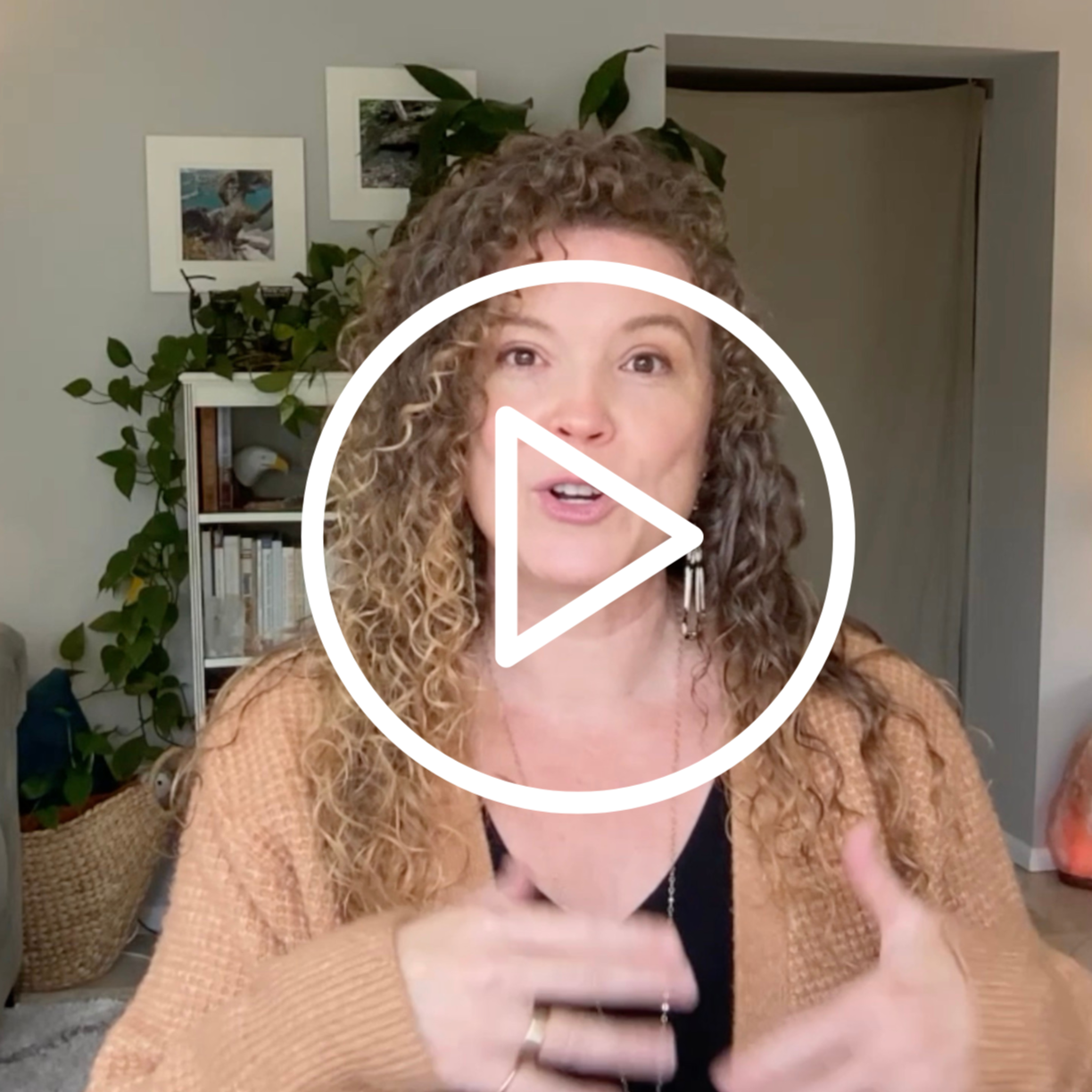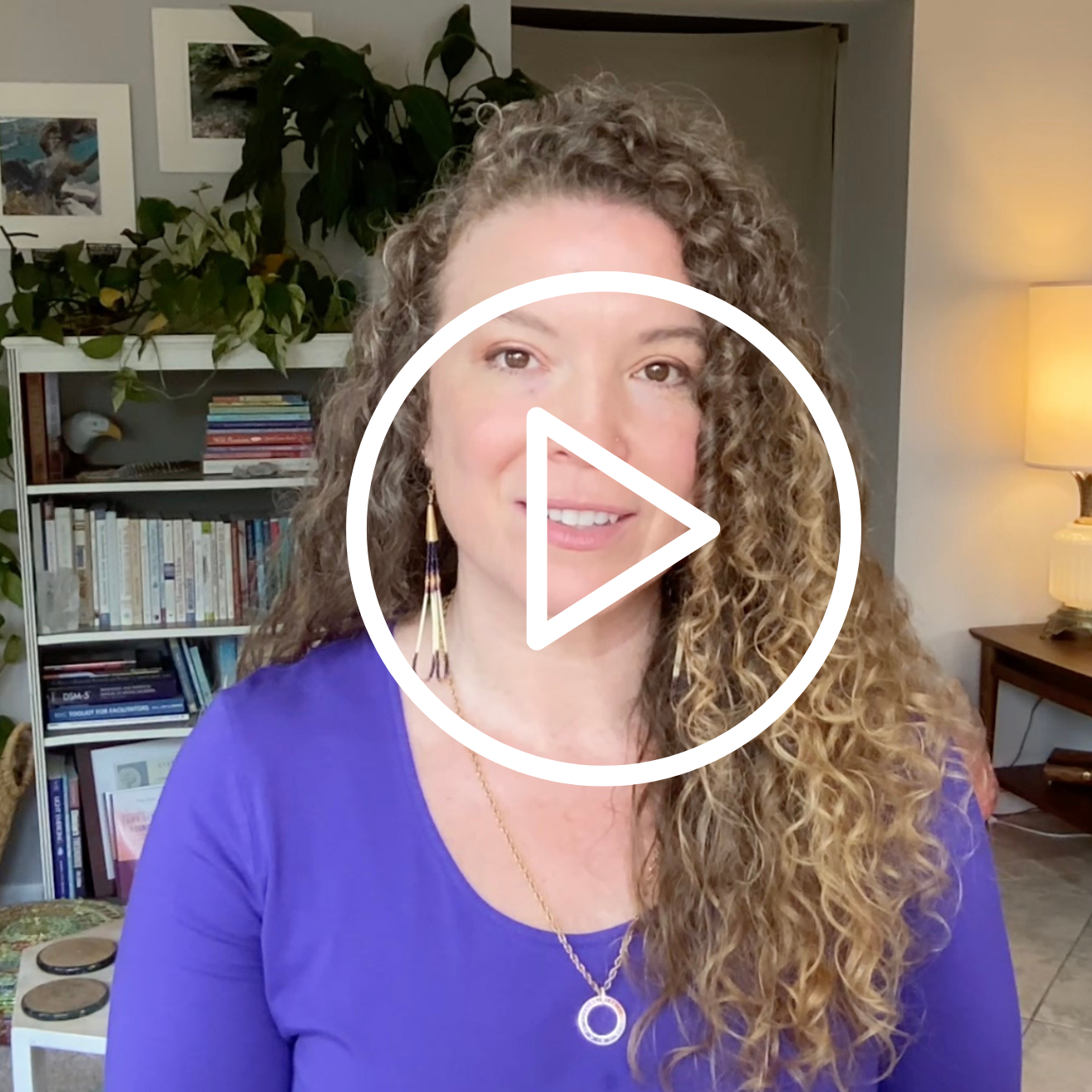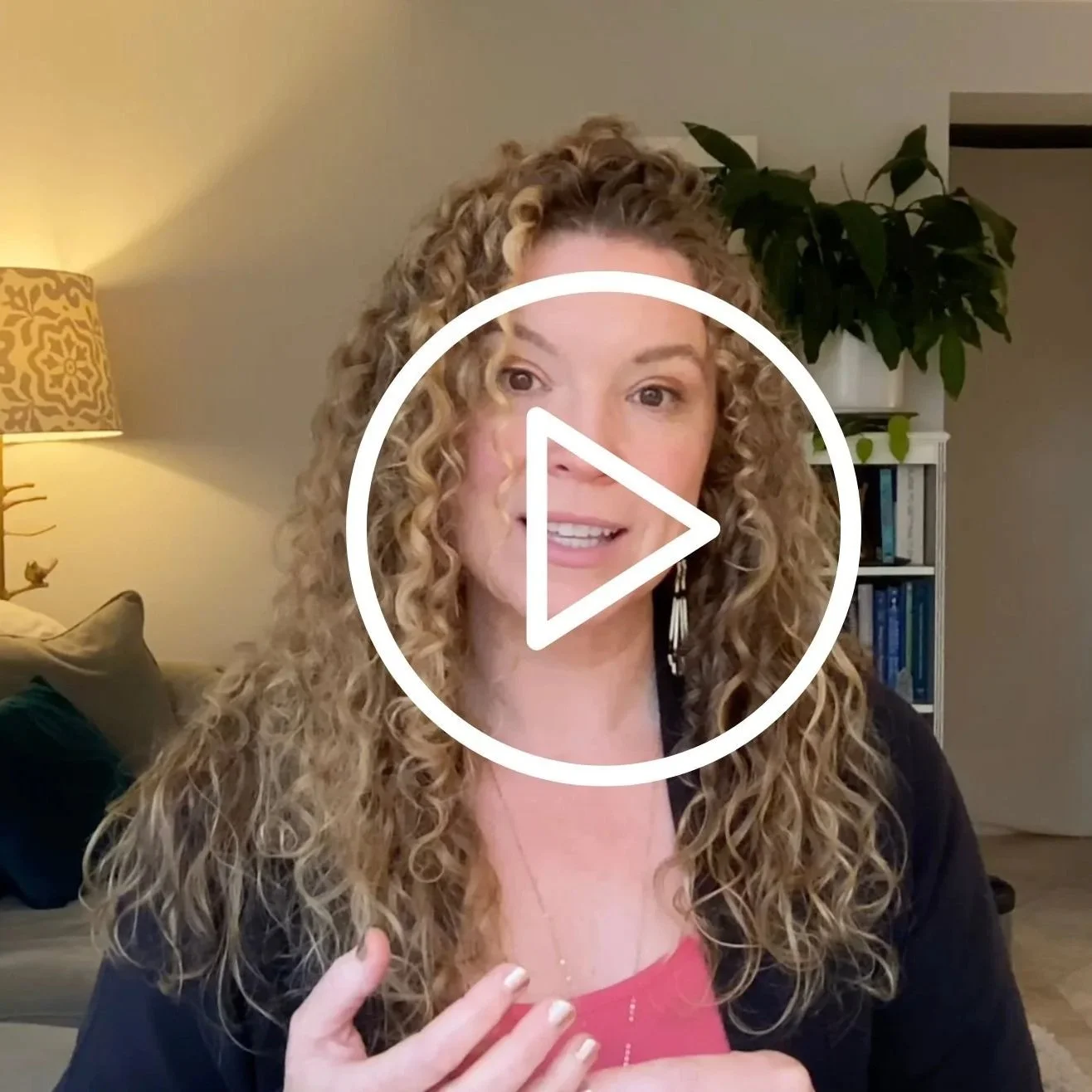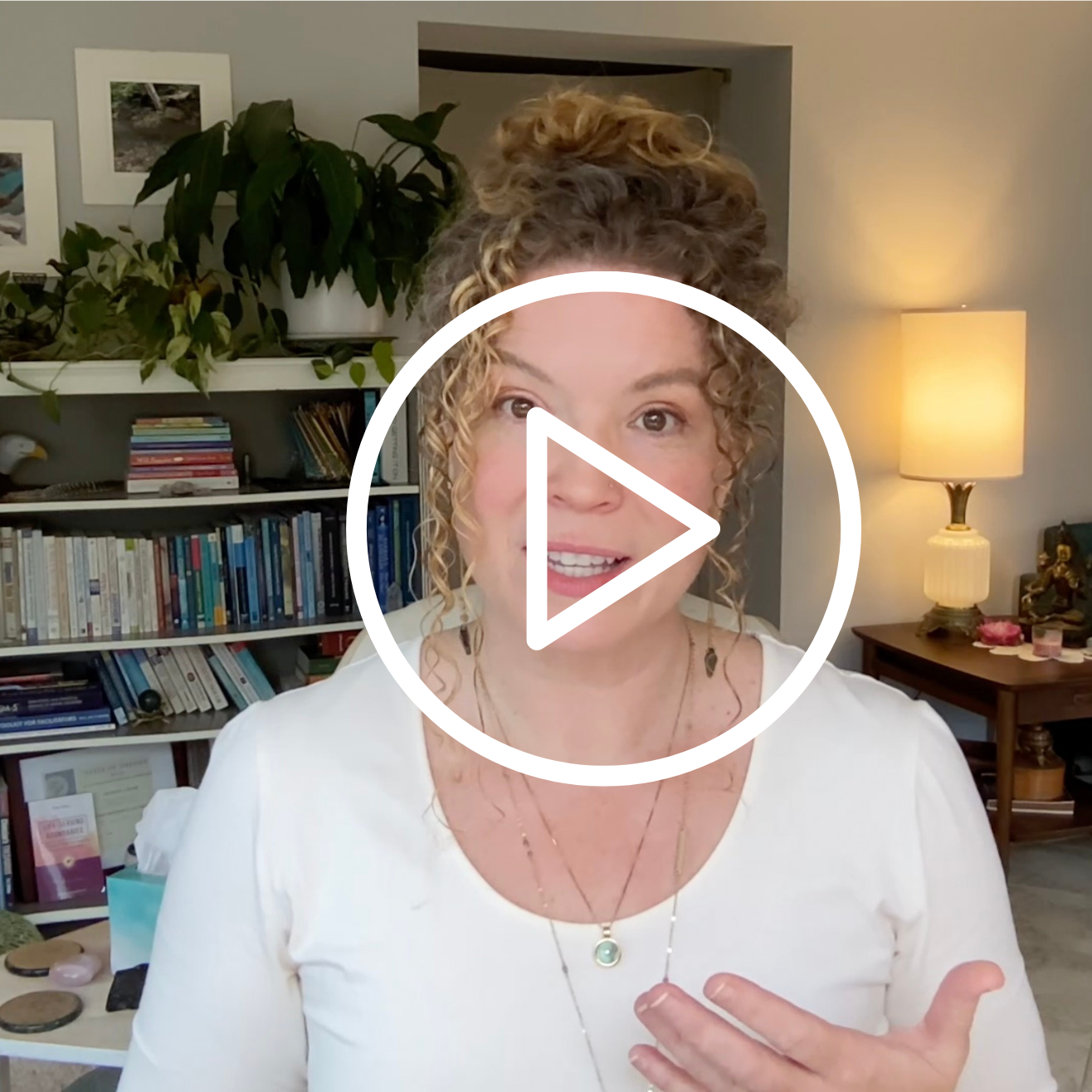
Mindful Compassionate Dialogue Therapy (MCDT)
Illuminate a Clear Path of Client Empowered Healing

What is MCD Therapy?
Mindful Compassionate Dialogue Therapy provides a structured framework that supports therapists in guiding individuals and couples through mindful, relationally-attuned conversations.
MCD offers 9 foundations for wellbeing and building an integrated sense of self. In addition, it illuminates 12 relationship competencies - clear, learnable skills for cultivating love, trust, and collaboration.
As clients grow in their capacity to embody these competencies, they expand their ability to flourish in every part of life and love.
There are clients seeking this work. We look forward to growing the list of practitioners to refer them to!
Printable Client Resources:
Feelings & Needs List
MCD Overview of the 12 Competencies & 9 Foundations
Emapthy & Not-Empathy Descriptions
(Adapted from The NVC Dance Floors by
Bridget Belgrave & Gina Lawrie, www.NvcDanceFloors.com)
Wise Heart Podcast Episode: MCD Therapy, March, 2025.
Free Educational Videos for Clients!
Clients are supported in their therapeutic work by tending to their growth and learning outside of therapy. Many of my clients appreciate being informed of low cost offerings on this site that support the healing journey.
Free Introductions to the 12 Relationship Competencies
What we are cultivating in this work is more than a set of interpersonal skills, it is the foundation for a profound shift in how human beings relate to themselves, to one another, and to the systems they inhabit.
Appreciation: Part 2
How appreciation supports power-with relating
Why Appreciation matters:
From recognizing what works, to strengthening bonds through acknowledgment, to cultivating cultures of appreciation and contribution
When clients learn to offer honest appreciation, they gain the ability to give specific feedback about what works and meets their needs, strengthening bonds and building a shared understanding of how to nourish the relationship. Appreciation, rooted in the speaker’s perspective, affirms lived experience while giving the receiver the chance to hear the values and needs that have been met. In this way, it becomes a bridge that supports the receiver’s need for contribution and allows the giver to name the meaning they have received.
“When you cooked dinner last night, I felt so relieved because it met my need for consideration and ease after such a long day. Thank you sweetheart.”
Practiced regularly, appreciation supports resilience by making good intentions visible, promotes interdependence by showing how each person’s actions matter, interrupts habits of overlooking what is working, and expands awareness of all that functions well in the relationship.
Broader Impact: When woven into daily interactions, appreciation shifts focus from problems to possibilities. In couples, it reduces defensiveness, fosters mutual care, and builds trust. In communities and organizations, it cultivates cultures where people feel valued and give their best. Over time, these ripples seed ecosystems - personal, professional, and societal - where acknowledgment, respect, and shared purpose are the norm rather than the exception.
Empathy: Part 1
Empower clients to meet each other with warm presence and curiosity.
Empathy: Part 2
How to support clients when obstacles arise to offering and receiving empathy
Why Empathy matters:
From attuning to another’s inner world, to cultivating resilient partnership, to seeding a culture of compassion
The purpose of cultivating empathy in a couple’s relationship is to foster deep emotional connection and mutual understanding. More than imagining what another feels, empathy is a willingness to step into their perspective while holding one’s own, creating a bridge between two inner worlds. This shift enables couples to meet challenges side by side rather than across a divide, replacing judgment with compassion.
“It sounds like you’ve been carrying a lot lately, and maybe you are longing for someone to really see how much you’ve been holding together without judgment or advice, just presence. Is that right?”
Empathy invites warm curiosity into conversation, deepening trust and creating a foundation of safety and respect. It enhances communication, strengthens bonds, supports effective collaboration, builds resilience in both joy and hardship, encourages acceptance of differences, reduces loneliness,
fosters personal growth, inspires creativity, nurtures the home environment, and enriches parenting through secure attachment.
Broader Impact: When empathy becomes a regular practice, its ripple effects extend far beyond the couple. It shapes a home where kindness is modeled, diffrences are respected, and needs are met with care. Children raised in such an environment carry these patterns into their friendships, workplaces, and communities. Over time, the small, daily acts of empathy within a relationship help seed a cultural shift toward compassion as a shared norm - transforming not just the partnership, but the relational ecosystems in which it lives.
Honest Expression: Part 1
Learn the benefits of supporting clients in centering needs, not strategies - a path to deeper connection
Honest Expression: Part 2
Learn the benefits of supporting clients in connecting feelings to needs rather than another's actions (Live workshop clip)
Why Honest Expression matters:
From self-responsibility, to cultivating authentic understanding, to creating relational cultures where truth-telling and care coexist
The purpose of cultivating Honest Expression in therapy is to help clients move from reactive, unintentional communication to conscious, self-responsible dialogue that reflects their values and needs. In practice, this empowers couples to collaborate effectively, make shared decisions, and stay aligned ith what matters most to them.
Honest Expression fosters self-responsibility by helping clients recognize that feelings arise from unmet needs and internal experiences rather than the actions of others. This awareness deepens emotional intelligence and encourages action to meet those needs. It promotes vulnerability, which strengthens intimacy and trust, and builds mutual respect by honoring each partner’s autonomy.
In conflict, Honest Expression shifts the focus to universal needs, opening the door to creative solutions and reducing defensiveness, blame, and resentment. By addressing unmet needs early, it prevents long-term strain and strengthens resilience.
Broader Impact: When practiced consistently, Honest Expression extends its influence far beyond the couple. In families, it creates a model of communication grounded in clarity, respect, and shared responsibility. In workplaces and communities, it fosters cultures where disagreement can coexist with dignity, and where diversity of perspective is met with curiosity rather than fear. Over time, these patterns contribute to the evolution of human relating - moving us from systems built on dominance, avoidance, or coercion toward those rooted in mutual understanding and collaborative problem-solving. In this way, each moment of clear, values-based expression becomes not only a step toward personal and relational well-being, but also a small act in shaping a more conscious, connected, and compassionate world.
Self-Empathy: Part 1
Learn the benefits of supporting clients in accessing a state of warmth and compassion to their experience (A personal story)
Self-Empathy: Part 2
How to support clients when obstacles arise to identifying their needs.
Why Self-Empathy matters:
From befriending the inner world, to anchoring in spacious presence, to cultivation communities of care and connection
Self-empathy is the practice of building a warm, compassionate relationship with one’s own experience. It offers relief from the inner wars of criticism, self-doubt, and emotional reactivity. Through this practice, clients learn to greet each part of their inner landscape with acceptance, opening access to wiser discernment and more effective action. At its core, self-empathy is about taking responsibility for one’s experience - not as self-blame, but as the capacity to truly meet it.
Supported by skills such as sensing shared humanity, identifying feelings and needs, and anchoring in the compassionate witness, self-empathy restores and protects the nervous system’s capacity for connection. Anchors - simple, chosen focal points - help interrupt reactivity and stabilize awareness so that experience can be held without being swept away by it. This spaciousness allows clients to reliably name their inner experience, link it to universal needs, and respond with curiosity rather than reactivity.
When clients learn to reliably name their inner experience and connect it to universal human needs, they begin to move from reactive patterns toward a stance of curiosity and mutual care. This shift opens the door to collaboration in partnerships, compassion in communities, and increased resilience in the face of life’s challenges.
Broader Impact: The ripple effects are substantial. Clients who can anchor in compassion and connect to their needs are more likely to show up in relationships as steady, empathic, and flexible. They bring this same capacity into their workplaces, families, and social networks. Over time, the collective impact is the creation of relational ecosystems where dignity, respect, and care are the default - not the exception.
Recognizing Reactivity: Part 1
Learn to recognize the many forms of reactivity and discover how this core relationship competency helps couples shift from protection into connection.
Recognizing Reactivity: Part 2
Discover how to help clients notice when their chronic reactive strategies says “no” to what their heart longs for, and how compassionate awareness can restore their capacity to receive
Why Recognizing Reactivity matters:
From noticing protective patterns, to choosing presence over protection, to cultivating communities that stay connected through challenge
The purpose of cultivating awareness of reactivity in a couple’s relationship is to help partners step out of automatic defenses and into conscious choice. Reactivity often arises when tender needs like safety, to be seen/known or care are perceived to be threatened. Instead of responding with curiosity and care, partners may protect themselves through anger, withdrawal, blame, or shutting down. Recognizing reactivity is about learning to notice these patterns in real time, with compassion, so they no longer control the conversation.
When couples learn to identify reactivity, they begin to separate nervous system activation from identity, and defenses from true desires.
Recognizing reactivity interrupts cycles of escalation, creates space for tender truths to emerge, and allows couples to respond to one another with greater compassion and creativity. It is a profound act of love to say:
“I see I’m in reactivity, and I want to pause to find my center.”
That choice reclaims the possibility of intimacy and understanding in the very moments that once created distance.
Broader Impact: When recognizing reactivity becomes a practice, its ripple effects reach far beyond the couple. It fosters a home where pauses replace explosions, where vulnerability is safe, and where differences are met with curiosity instead of defense. Children raised in such an environment learn that strong feelings are not dangerous, but can be met with care and understanding. Over time, the daily practice of noticing and naming reactivity seeds a culture of mindfulness and compassion, transforming not just the couple, but the larger ecosystems of family, community, and society in which they live.
Managing Reactivity: Part 1
Discover the deeper purpose of managing reactivity in therapy, not as a tool for behavior control, but as a profound pathway to healing. You’ll explore how helping clients meet the tender need beneath their reactivity can transform protection into a doorway for healing.
Managing Reactivity: Part 2
Explore how clients who have integrated multiple relationship competencies can now step into this deeper work. You'll see how the building process unfolds and just how profoundly transformative it becomes once clients are ready to manage reactivity with confidence and skill.
Learning to manage reactivity helps clients reestablish more expansive possibilities for how care can look for themselves and with each other. It supports access to empathy, communication, and creativity. Over time, this skill becomes the bridge between conflict and connection, protection and collaboration, fear and love.
Broader Impact: When managing reactivity becomes a shared practice, the benefits ripple outward. Homes become safer emotional environments where it’s possible to express truth without fear of attack or withdrawal. Couples learn to co-regulate, to take responsibility for their internal states, and to meet challenges as a doorway to intimacy. Families and workplaces shaped by these patterns become havens of steadiness, places where nervous systems can relax, ideas can flourish, and differences can be held with grace.
Over time, this competency contributes to a world where people trust that discomfort can be met without destruction, where pauses replace explosions, and where safety is created through loving presence. Managing reactivity is, at its core, a deeply healing and transformational practice of returning, again and again, to the steady center from which love can lead.
Why Managing Reactivity matters:
From restoring self-regulation, to co-regulating in partnership, to creating relational ecosystems where safety and connection flourish
Managing reactivity is not about eliminating strong emotion, it’s about restoring access to presence, compassion, and discernment in the midst of them. Through mindful awareness and regulation practices, clients learn that they can return to their center, choose responses aligned with their values and need, and relate from openness rather than protection.
Managing reactivity gives clients the ability to pause, regulate, and anchor into a state of openness. This transforms moments that could become painful disconnection into an opportunity for deeper understanding and intimacy. Rather than fighting, shutting down, or appeasing, partners begin to engage with curiosity, empathy, and self-responsibility.
“I noticed my chest tightening and my impulse to pull away. I remembered this is an old pattern I don’t have to do here to make sure I’m safe. I regulated my body and then I anchored into openness by placing my hand on my heart, take a relaxing breath, and remembered that my needs are valued by my partner. From there, I could listen again.”
Needs-based Negotiation: Part 1
Needs-based Negotiation: 1of 2 - The video outlines how Needs-Based Negotiation supports clients in shifting from “me versus you” toward “us, a team working together,” helping partners understand and hold one another’s needs with care.
Needs-based Negotiation: Part 2
Broader Impact: When practiced consistently, Needs-based Negotiation transforms conflict into a pathway for intimacy and trust. In homes, it reduces polarization and increases care. In teams and communities, it models power-with collaboration and dignifies differing needs. Over time, these conversations seed relational cultures where clarity and mutual stewardship of needs are the norm.
Why Needs-based Negotiation matters:
From anchoring in the presence of universal needs, to co-creating strategies that serves life, to cultivating cultures of collaboration and care
Needs-based Negotiation helps couples shift from persuading or debating into a shared collaboration from the intention to care for each person’s needs. Rather than debating strategies or deciding who is right, we support coupes in staying with the aliveness of needs, and their mutual care for each other needs. From this ground, creativity returns, the nervous system relaxes, and collaboration becomes possible.
When partners prepare the dialogue by stating intention, offering reassurance, and planning for safety, the field changes; defensiveness softens and trust grows. Concise, expression (of observations, thoughts, feelings, needs) supports attunement and allows listening to deepen. After some creative brainstorming, couples move towards the final step of creating specific, doable agreements that build reliability and strengthen the bond over time.
“When you asked to pause and then said, ‘I want us to care for both our needs here,’ I felt my chest soften. I’m longing for security and you’re longing for freedom, let’s see how we can take care of both.”


